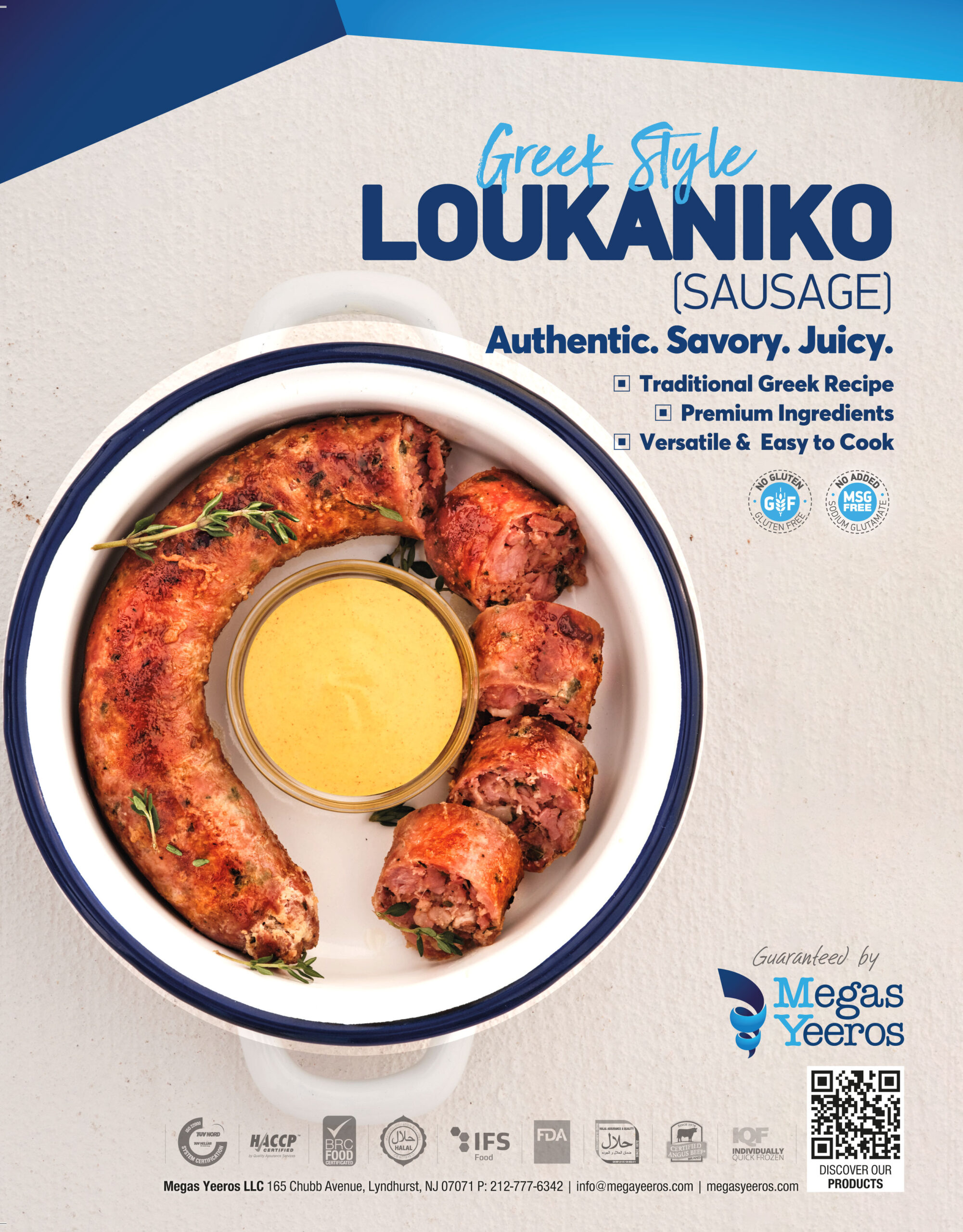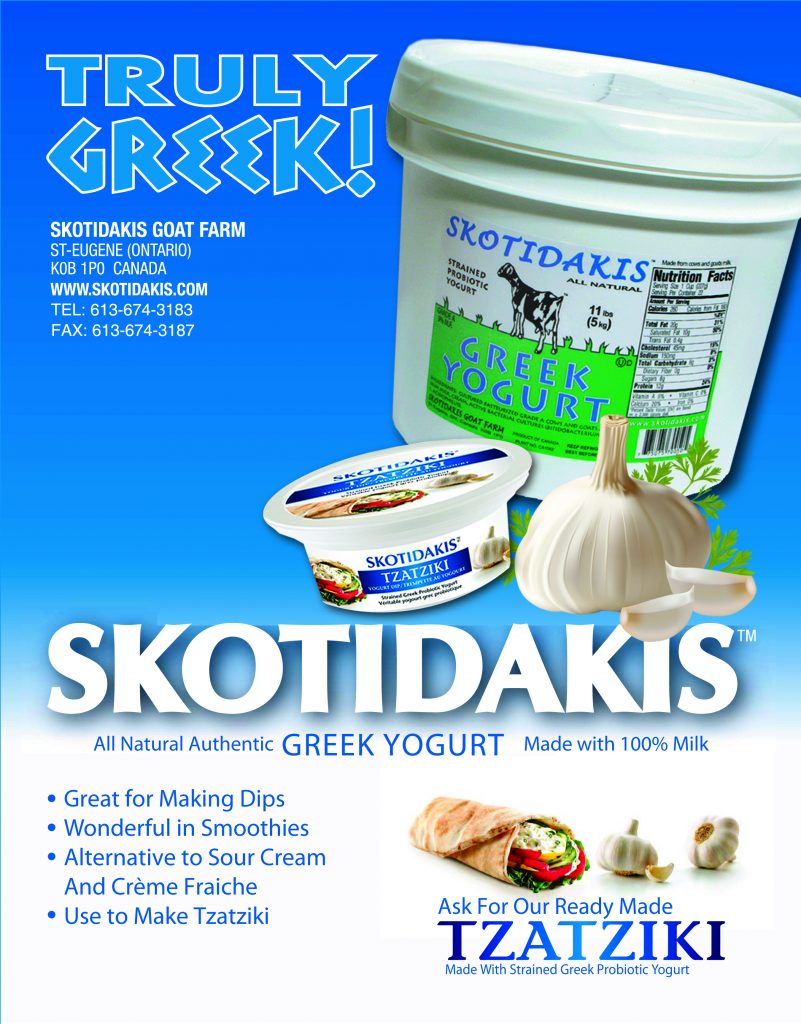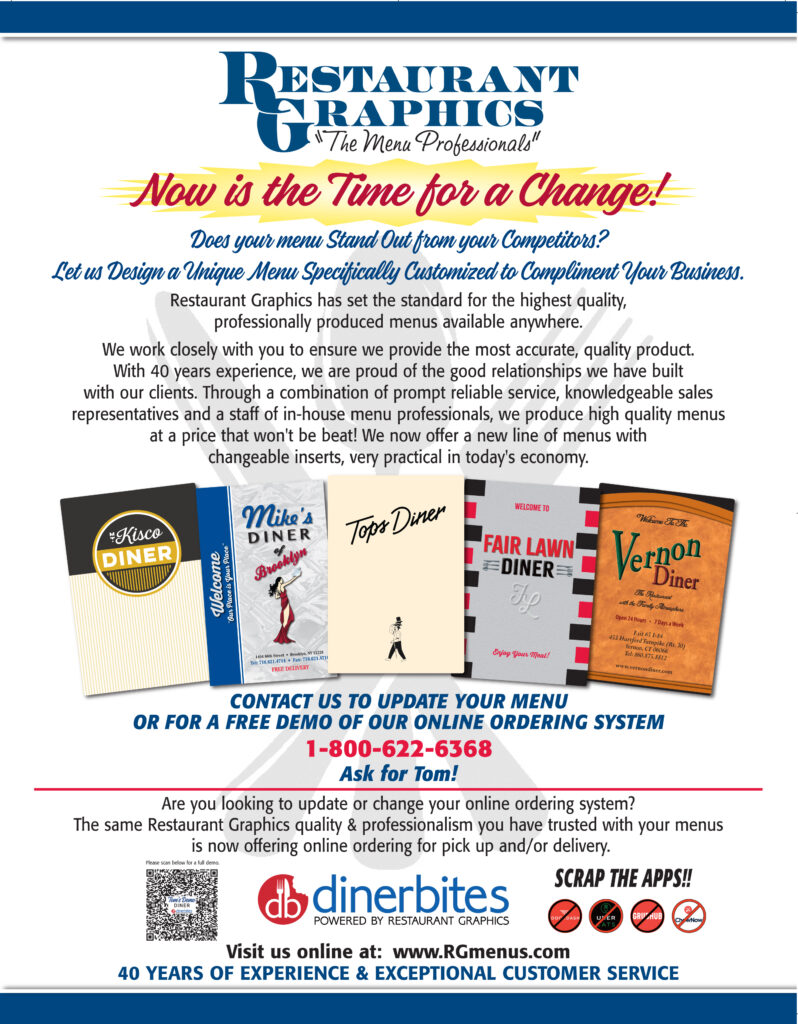Ensuring Consistency in Quality
Posted by estiator at 15 May, at 18 : 34 PM Print
KNOWLEDGE IS POWER By Peter Kambitsis, Entrepreneur
Ensuring consistency in food quality and service is crucial for any restaurant aiming to build a loyal customer base. Implementing standard operating procedures (SOPs), which we discussed last month, is one of the most effective ways to achieve this goal. SOPs help standardize recipes, cooking methods, and service protocols, ensuring that every dish served meets established quality standards regardless of who is on duty.
Below are detailed steps and considerations for creating and implementing SOPs to ensure consistency in quality.
1. Define Quality Standards
Establish Clear Criteria
To ensure consistency, restaurants must first define what “quality” means for their dishes and services. This includes:
- Taste: Flavor profiles should be consistent across all servings.
- Presentation: Visual appeal should meet specific guidelines.
- Texture: Dishes should have the same mouthfeel every time.
- Temperature: Food should be served at the correct temperature.
Create a Quality Checklist
Develop a checklist that outlines these criteria for each dish, which can be used during preparation and service.
2. Standardize Recipes
Detailed Recipe Development
Each recipe should include:
- Ingredients List: Specify exact quantities and types of ingredients.
- Preparation Steps: Outline each step clearly to avoid ambiguity.
- Cooking Times and Temperatures: Provide precise cooking instructions to ensure uniformity.
Use Recipe Cards
Distribute recipe cards to all kitchen staff, ensuring they have access to the same information when preparing dishes.
3. Train Staff Thoroughly
Initial Training Sessions
Conduct comprehensive training sessions for all new hires covering:
- SOPs Overview: Explain the importance of SOPs in maintaining quality.
- Hands-On Practice: Allow staff to practice following SOPs under supervision.
Ongoing Training
Implement regular refresher courses to keep staff updated on any changes in procedures or recipes.
4. Implement Quality Control Measures
Regular Inspections
Schedule routine inspections of both food preparation areas and finished dishes to ensure adherence to SOPs.
Customer Feedback
Encourage customers to provide feedback on their dining experience, which can highlight areas needing improvement or adjustment.
5. Monitor Performance Metrics
Track Key Performance Indicators (KPIs)
Establish KPIs related to food quality and service consistency, such as:
- Customer Satisfaction Scores
- Return Rates
- Food Waste Levels
Analyze Data Regularly
Review performance data regularly to identify trends or issues that may affect consistency.
6. Adjust SOPs as Necessary
Continuous Improvement Process
Be open to revising SOPs based on feedback from staff and customers as well as performance metrics analysis.
Document Changes
Ensure that any updates made to SOPs are documented clearly and communicated effectively to all staff members.
Conclusion
By implementing these procedures—defining quality standards, standardizing recipes, training staff thoroughly, enforcing quality control measures, monitoring performance metrics, and adjusting SOPs as necessary—restaurants can significantly enhance their ability to deliver consistent food quality and service. This not only meets customer expectations but also fosters loyalty and repeat business.
Peter Kambitsis, cofounder of Kambitsis Group, has created successful businesses throughout the U.S. and Greece. Reach him at peter@kambitsisgroup.com.













